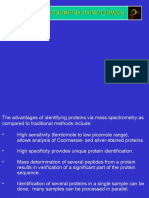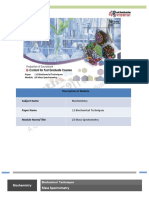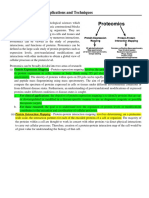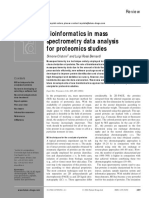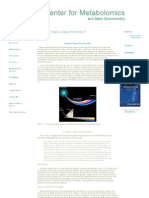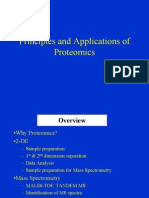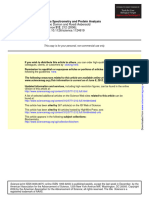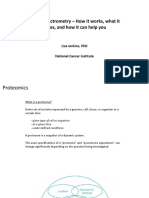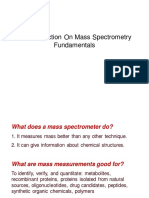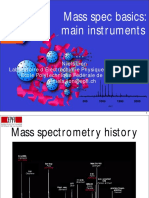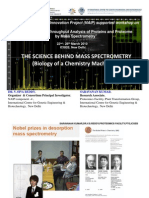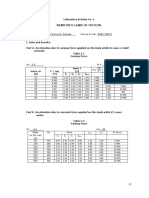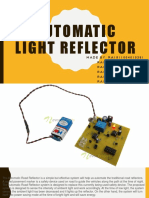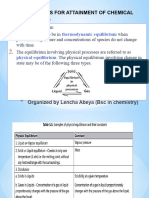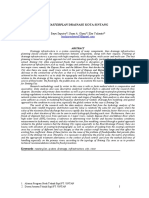0% found this document useful (0 votes)
41 views171 pagesModule4 Part 1
The document discusses various aspects of proteomics, including protein identification, quantification, localization, post-translational modifications, and functional studies. It outlines techniques used in proteomic studies, such as mass spectrometry and chromatography, and details the processes involved in protein digestion for analysis. Additionally, it covers the principles of mass spectrometry, including ionization methods and mass analyzers, emphasizing the importance of these techniques in understanding protein structure and function.
Uploaded by
varshini.y2022Copyright
© © All Rights Reserved
We take content rights seriously. If you suspect this is your content, claim it here.
Available Formats
Download as PPTX, PDF, TXT or read online on Scribd
0% found this document useful (0 votes)
41 views171 pagesModule4 Part 1
The document discusses various aspects of proteomics, including protein identification, quantification, localization, post-translational modifications, and functional studies. It outlines techniques used in proteomic studies, such as mass spectrometry and chromatography, and details the processes involved in protein digestion for analysis. Additionally, it covers the principles of mass spectrometry, including ionization methods and mass analyzers, emphasizing the importance of these techniques in understanding protein structure and function.
Uploaded by
varshini.y2022Copyright
© © All Rights Reserved
We take content rights seriously. If you suspect this is your content, claim it here.
Available Formats
Download as PPTX, PDF, TXT or read online on Scribd
/ 171
